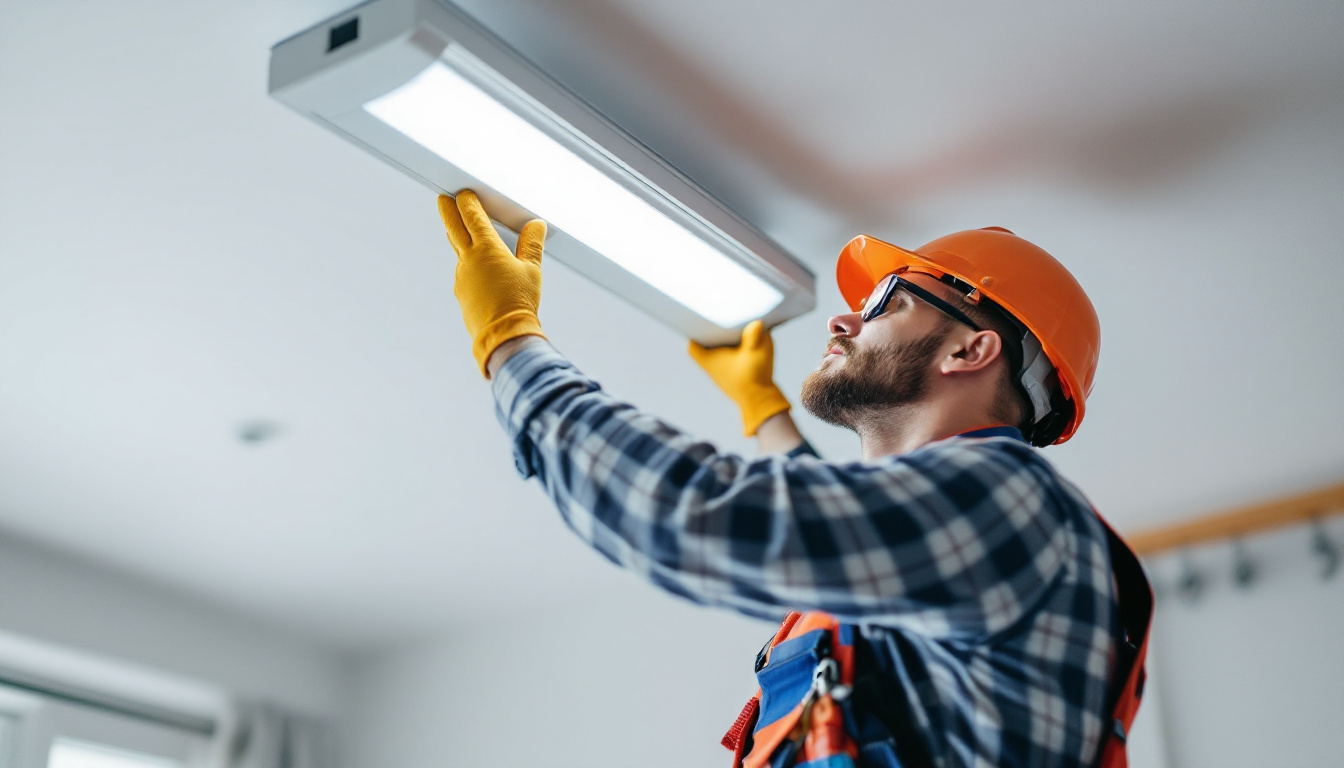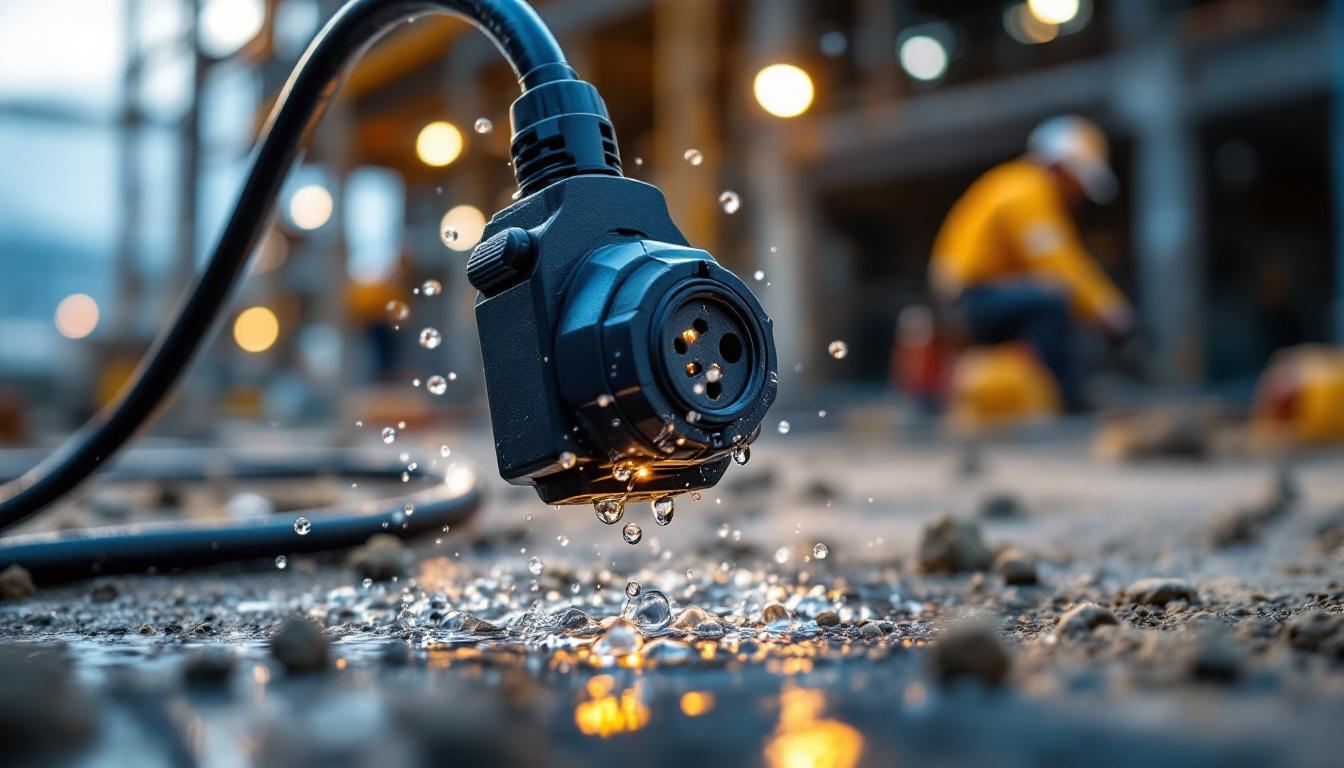
In the world of lighting installation, the importance of understanding light fixture brackets cannot be overstated. These seemingly simple components play a crucial role in the overall functionality and aesthetic appeal of lighting systems. For lighting contractors, having a comprehensive knowledge of light fixture brackets is essential to meet client expectations and ensure successful installations.
Light fixture brackets serve as the foundational support for various types of lighting fixtures. They are designed to securely hold the fixture in place while also allowing for adjustments in positioning. Understanding the different types of brackets and their applications is fundamental for any lighting contractor.
There are several types of light fixture brackets, each tailored for specific lighting applications. Common types include ceiling brackets, wall brackets, and pendant brackets. Ceiling brackets are typically used for flush-mounted fixtures, while wall brackets are ideal for sconces and other wall-mounted lights. Pendant brackets, on the other hand, are designed to support hanging fixtures, allowing for adjustable heights.
Each type of bracket has its own installation requirements and load-bearing capacities. It is vital for contractors to familiarize themselves with these specifications to ensure they select the appropriate bracket for the job. This knowledge not only enhances safety but also contributes to the longevity of the lighting installation. Additionally, understanding the aesthetic implications of different bracket types can help contractors provide better design solutions, ensuring that the lighting complements the overall decor of a space.
Light fixture brackets are made from various materials, including metal, plastic, and wood. Metal brackets, often constructed from steel or aluminum, provide durability and strength, making them suitable for heavier fixtures. Plastic brackets, while lighter, may be used for smaller, less demanding applications. Wooden brackets can add an aesthetic touch but may require additional care to ensure they are properly treated against moisture and wear.
Understanding the properties of these materials allows contractors to make informed decisions based on the specific needs of their clients. For instance, a client may prefer a wooden bracket for its visual appeal, while another may prioritize the strength of a metal option for a heavy chandelier. Furthermore, the choice of material can also impact the installation process; metal brackets may require specialized tools for installation, while plastic ones can often be installed with basic hand tools. This consideration is crucial, especially in projects with tight timelines or budgets, where efficiency is key.
Moreover, the finish of the bracket can influence the overall look of the lighting fixture. For example, a brushed nickel finish on a metal bracket can lend a modern touch, while a distressed wood finish can evoke a rustic charm. This attention to detail not only enhances the visual appeal but also allows for greater customization, enabling contractors to meet the unique preferences of each client. By carefully selecting both the type and material of the bracket, contractors can create a harmonious blend of functionality and style in their lighting designs.
Clients often have specific expectations regarding the installation of light fixtures, and effective communication is key to meeting those expectations. Lighting contractors should be prepared to discuss various aspects of the installation process, including the choice of brackets.
Many clients may not be familiar with the different types of light fixture brackets available. It is the contractor’s responsibility to educate them about the options, explaining the pros and cons of each type. This not only helps clients make informed decisions but also builds trust in the contractor’s expertise.
For example, if a client is interested in a pendant light, discussing the advantages of adjustable pendant brackets can enhance their understanding of how the fixture can be tailored to their space. Providing visual aids or samples can further assist in this educational process, making it easier for clients to visualize the final outcome. Additionally, contractors can showcase various installation scenarios, highlighting how different brackets can affect the overall aesthetic and functionality of the lighting. This level of detail not only enriches the client’s experience but also empowers them to express their preferences more clearly.
Clients often have high expectations regarding the timeline and budget for their lighting projects. It is essential for contractors to set realistic expectations from the outset. This includes discussing the time required for installation, potential challenges, and any additional costs associated with specific bracket types.
By being transparent about these factors, contractors can prevent misunderstandings and ensure that clients feel comfortable throughout the installation process. Regular updates during the project can also help maintain client satisfaction and confidence in the contractor’s abilities. Furthermore, addressing potential delays, such as shipping times for specialty brackets or unforeseen structural issues, can help clients understand that while the goal is to meet their timeline, flexibility may be necessary. This proactive approach not only fosters a collaborative atmosphere but also reassures clients that their project is in capable hands, allowing them to focus on the excitement of their new lighting rather than the logistics of installation.
Proper installation of light fixture brackets is critical for safety and functionality. Lighting contractors should adhere to best practices to ensure that every installation meets industry standards and client expectations.
Having the right tools and equipment is essential for a successful installation. Common tools required for installing light fixture brackets include drills, screwdrivers, levels, and measuring tapes. Each tool serves a specific purpose, from securing the bracket to ensuring it is level and properly aligned.
Contractors should also ensure that they have the appropriate safety equipment, such as gloves and goggles, to protect themselves during the installation process. Using the right tools not only enhances efficiency but also reduces the risk of accidents and errors.
Safety should always be a top priority when installing light fixture brackets. Contractors must be aware of electrical safety protocols and ensure that power is turned off before beginning any installation work. Additionally, understanding the weight limits of brackets and the fixtures they support is crucial to prevent accidents.
Contractors should also be mindful of the installation environment. For example, working on ladders or scaffolding requires additional precautions to prevent falls. By prioritizing safety, contractors can protect themselves and their clients, fostering a reputation for reliability and professionalism.
Even experienced lighting contractors may encounter challenges during the installation of light fixture brackets. Recognizing these challenges and having solutions at hand can streamline the process and enhance client satisfaction.
One common issue is dealing with uneven surfaces, which can complicate the installation of light fixture brackets. In such cases, using shims or adjustable brackets can help achieve a level installation. Contractors should assess the surface before installation and be prepared to make adjustments as needed.
Additionally, discussing potential surface issues with clients beforehand can help manage expectations and prepare them for any necessary adjustments during the installation process.
Another challenge that may arise is dealing with existing electrical wiring. Contractors should be familiar with local electrical codes and regulations to ensure compliance during installation. If complications arise, such as outdated wiring or insufficient electrical capacity, it may be necessary to consult with an electrician to address these issues.
Being proactive in identifying potential wiring problems can save time and prevent delays in the installation process. Clients appreciate contractors who are thorough and knowledgeable about the electrical aspects of their projects.
Once the light fixture brackets are installed, there are still important considerations to keep in mind. Ensuring that clients are satisfied with the final result is paramount, and follow-up communication can reinforce the contractor’s commitment to quality service.
Conducting a walkthrough with the client after installation allows for a thorough review of the work completed. This is an opportunity to demonstrate how to adjust the fixtures and ensure they are functioning as intended. Clients often appreciate this hands-on approach, as it empowers them to make the most of their new lighting.
During the walkthrough, contractors should encourage clients to ask questions and express any concerns they may have. Addressing these concerns promptly can lead to higher client satisfaction and foster long-term relationships.
Providing clients with maintenance tips for their light fixtures and brackets is another valuable service. Educating clients on how to clean and care for their fixtures can prolong their lifespan and maintain their appearance. This can include advice on the types of cleaning products to use and how to safely change bulbs.
By offering ongoing support and maintenance tips, contractors can position themselves as trusted experts in the field, leading to repeat business and referrals.
In summary, understanding light fixture brackets is crucial for lighting contractors looking to meet client expectations. From the types and materials of brackets to installation best practices and post-installation support, a comprehensive knowledge of these components enhances both the contractor’s skill set and the client’s satisfaction.
By educating clients, setting realistic expectations, and adhering to safety protocols, contractors can ensure successful installations that not only meet but exceed client expectations. As the lighting industry continues to evolve, staying informed about the latest trends and technologies related to light fixture brackets will further enhance a contractor’s reputation and success.
Ultimately, the goal is to create beautiful, functional lighting solutions that clients will enjoy for years to come. By prioritizing education, safety, and quality, lighting contractors can build lasting relationships and thrive in a competitive market.
Ready to elevate your lighting installations with the assurance of quality and value? At LumenWholesale, we provide lighting contractors with an exceptional range of top-quality, spec-grade lighting products at unbeatable wholesale prices. Say goodbye to local distributor markups and hello to superior lighting solutions that fit your project’s needs and budget. With our commitment to industry standards and hassle-free bulk buying, you can trust that you’re getting the best performance without any hidden fees. Plus, enjoy the convenience of free shipping on your orders. Don’t compromise on quality or cost—choose LumenWholesale for Wholesale Lighting at the Best Value and make your next project shine.

Discover the essential steps and expert tips for safely removing fluorescent light fixtures.

Discover the essential checklist for lighting contractors with “Light Bases.” This guide covers crucial steps and considerations to ensure flawless installations, enhance efficiency, and deliver exceptional lighting solutions for any project..

Discover how waterproof plugs can revolutionize your lighting projects and give you a competitive edge in securing more contracts.

Discover the ultimate guide for lighting contractors on sourcing and selecting LED bulbs for sale.